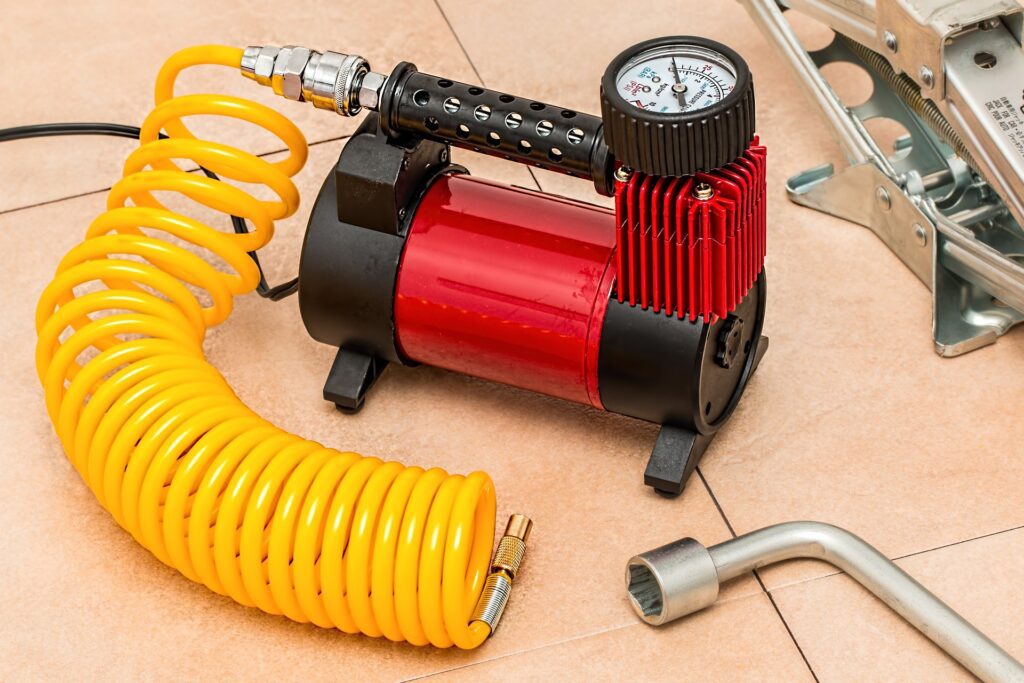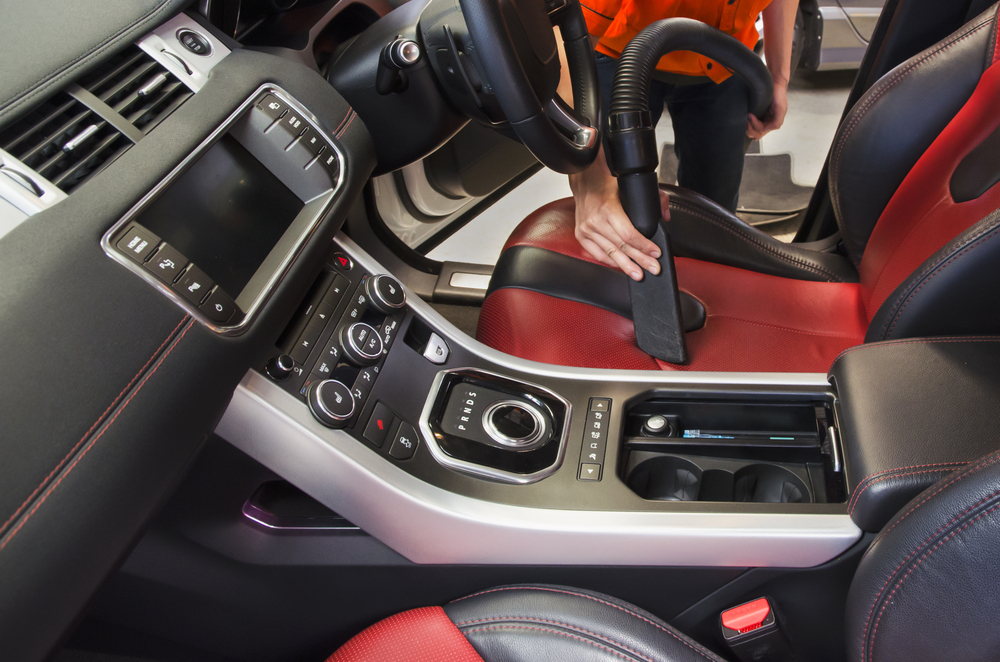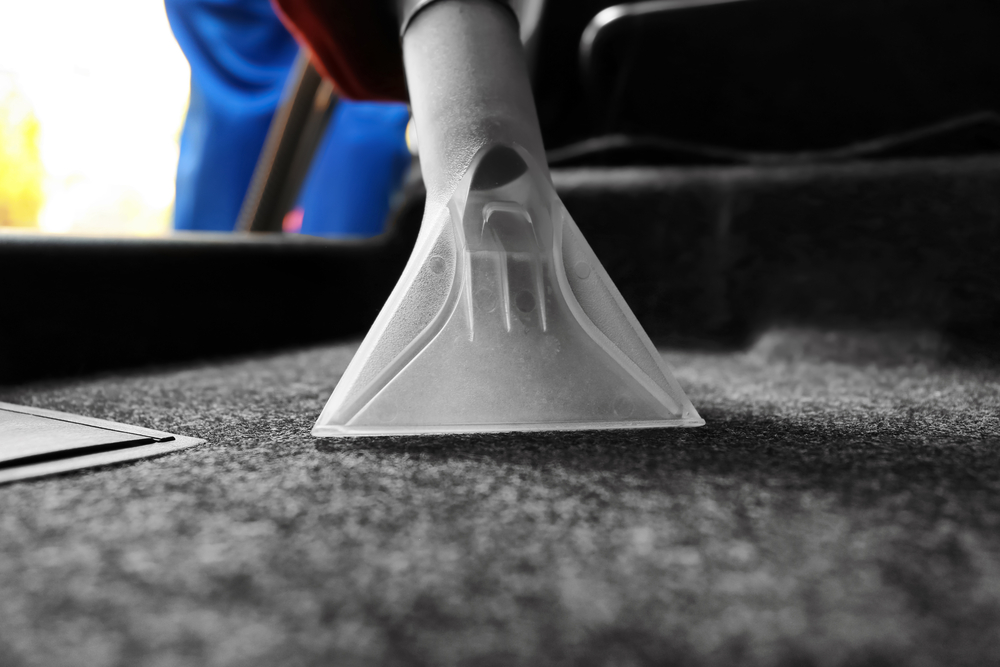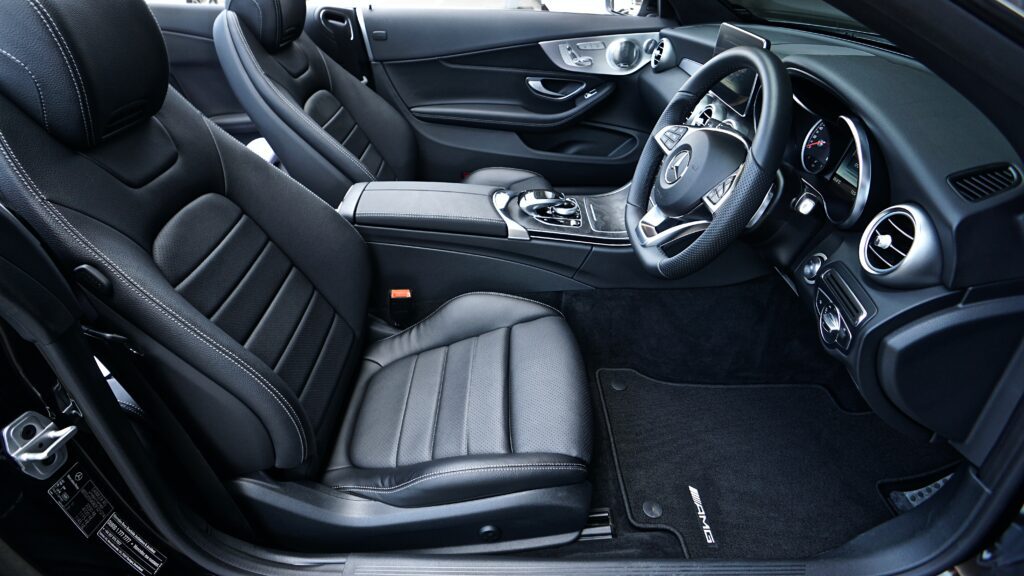Introduction: How to Vacuum Car
A clean interior can help maintain the value and appearance of the vehicle while also providing a safer and more comfortable environment. By regularly cleaning the car’s interior, you can prevent dirt, dust, and other debris from accumulating and causing respiratory problems, allergies, or other health issues.


Choosing the Right Vacuum – What to Look for in a Car Vacuum
Vacuuming your car’s interior is one of the most important ways to keep your car looking fresh. Using the right vacuum cleaner is essential to vacuum clean your car effectively.
Factors to consider when choosing a vacuum for car cleaning
To make your interior clean like a pro, you need to pick the right vacuum cleaner. There are several key factors to consider when selecting one.
- Portability: You need to determine whether you prefer a corded or cordless model. Corded vacuums typically provide greater power, while cordless alternatives offer more flexibility in terms of mobility.
- Suction Power: Examine the suction power of your device carefully. You need to ensure it is capable of handling both large and small debris effectively, as a car interior can contain a significant amount of dirt and debris.
- Filter: it is essential to consider the filtration system to prevent inhaling contaminants. Opt for a vacuum cleaner with HEPA filters.
- Size: The size of the appliance is also an important factor to take into account. Avoid buying a bulky or heavy vacuum cleaner that may be difficult to manage inside the car.
Types of vacuums that are suitable for car cleaning
There are several types of vacuums that are suitable for car cleaning, including:
- Handheld Vacuums: These small and portable vacuums are ideal for cleaning the tight and hard-to-reach spaces in your car. They are lightweight, easy to handle and can be easily stored in your car trunk. The Different types of handheld vacuums include Corded, cordless, and Wet/Dry.
- Stick Vacuums: Stick vacuums are lightweight and easy to maneuver, making them perfect for cleaning car interiors. They often come with detachable handheld vacuums for added convenience.
- Canister Vacuums: Canister vacuums are powerful and versatile, with a long hose that allows you to reach every corner of your car. They are also great for cleaning car carpets and mats.
- Wet/Dry Vacuums: Designed to clean up both wet and dry messes. Making them a great option for cleaning car interiors. They come with a variety of attachments that can be used to clean different surfaces and materials.
Recommended features for car cleaning vacuums
When looking for a vacuum to clean your car, it’s important to find one that has strong suction, different attachments for hard-to-reach places, and adjustable settings. It should also have a filtration system to remove dust and dirt particles efficiently.
A vacuum that is lightweight and easy to store in your car would also be helpful. These features will make sure that you have a successful cleaning experience and leave your car looking spotless.
The best type of Vacuum to use
The best vacuum cleaner for car detailing is a cordless handheld vacuum with good suction power and vacuum attachments. A motorized brush or soft bristle dusting brush is perfect for cleaning tight spaces, hard-to-reach areas of the car, and nooks and crannies.
Step 1: Preparation
Gather supplies
- Car Vacuum: The most important tool to vacuum your car is a vacuum cleaner. As mentioned earlier, there are different types of vacuums that are suitable for car cleaning, so choose one that meets your needs and preferences.
- Crevice tool: This long, narrow attachment is perfect for getting into tight spaces like between the seats and in the door pockets.
- Dusting brush: This soft brush attachment is ideal for cleaning delicate surfaces like the dashboard and console.
- Upholstery tool: This attachment is designed to clean car seats and carpets. It has a brush that agitates the fibers to loosen dirt, dust, and pet hair, and a suction head that removes the debris.
- Extension wand: If your vacuum doesn’t come with a long hose, you may need an extension wand to reach further into the car.
- Compressed air: While not strictly a vacuum tool, compressed air can be used to blow out debris from hard to reach places like air vents and crevices.
Additionally, a clean microfiber cloth can be used to wipe down any surfaces as needed.
Remove items and debris from the car
Start vacuuming your car by first removing all the larger items, such as car seats and floor mats.
Trying to vacuum up large items can clog your vacuum and make it less effective.
Use a trash bag or container to collect the debris and dispose of it properly.
By removing large debris first, you can ensure that your vacuum is able to effectively clean the smaller particles and dust that may be lurking in the nooks and crannies of your car.
Step 2: Clearing Debris with Compressed Air
Benefits of using compressed air for debris removal
Cleaning with compressed air can be better than traditional methods, especially for hard-to-reach areas. Compressed air can go into small spaces and clean out debris that other methods can’t. It’s also quick, reliable, and inexpensive, which helps prevent harm to sensitive equipment.
Use compressed air or a dusting brush to remove dust and dirt from cup holders, pedals, and other areas of the car.
Precautions to take when using compressed air
When you use compressed air to remove debris from difficult-to-reach areas, you need to be careful to avoid harm or damage to equipment. You should wear eye and ear protection to avoid injury from debris or loud noise.
It’s also crucial to avoid using compressed air on delicate materials or components that could be damaged by the force of the air.


Step 3: Vacuuming Car Interior
Where to Start
Use the vacuum to clean the seats, back seats, and carpeted areas of the car, ensuring you get any crumbs or dirt and debris out of the car’s interior. Use the crevice tool attachment to reach any hard-to-reach areas. If your seats are leather or vinyl, use a soft brush attachment to prevent scratching.
Move on to the Dashboard and Center Console
Next, vacuum the dashboard and center console, including the cup holders, storage compartments, and air vents. Use a dusting brush attachment to avoid scratching any surfaces.
Vacuuming the Carpets and Floor Mats
The carpets and floor mats should be vacuumed next. Use the crevice tool to get in between the seats and the center console, and make sure to remove the floor mats to get underneath them. If the floor mats are particularly dirty, consider washing them separately.
Vacuuming the Air Vents
Finally, vacuum the air vents to remove any dust or debris that may be circulating in the car. Use a crevice tool or a soft brush attachment to get into the small spaces.


Step 4: Vacuuming the Trunk
When vacuuming your car, it is important to not forget about the trunk. The trunk is a common place for dirt, dust, and debris to accumulate, especially if you transport items frequently.
Remove any debris
To begin vacuuming the trunk, remove all items and clean the surface with a damp cloth. Once the trunk is clear, use the crevice tool attachment to clean any hard-to-reach areas and corners.
Vacuum carpets or liners
Be sure to also vacuum any floor mats or cargo liners before replacing them in the trunk.


Step 5: Cleaning the Vacuum
Essential cleaning tools
Essential cleaning tools for this process include a brush or cloth for wiping down the exterior, a small brush for cleaning the filter, and a microfiber cloth for cleaning the attachment tools.
Cleaning the filter
Cleaning the filter is crucial to maintaining the suction power of the vacuum. To clean it, remove it from the vacuum and gently tap it against a hard surface to remove any loose dirt or debris. Then, use the small brush to remove any remaining dirt or dust particles.
Cleaning the attachment tools
For cleaning the attachment tools, simply wipe them down with a damp microfiber cloth to remove any debris or dust.
Tips for vacuuming your car less often
- Wipe your shoes before you get in the car and put a mat by the door to catch any dirt.
- Use covers on your seats and floor to stop spills and stains.
- Don’t eat in your car and throw away any trash right away.
- Clean up little messes with a small vacuum before they get big.
Cleaning tips to vacuum Pet Hair
If you have pets that shed, you know how difficult it can be to get rid of their hair. Here are some tips to help you clean up pet hair with a vacuum cleaner.
- Choose a vacuum cleaner with strong suction power, which can pick up more hair.
- Use a vacuum cleaner with a motorized brush, which can loosen pet hair from carpets and upholstery.
- Use a rubber squeegee or a damp rubber glove to gather hair from surfaces like furniture and car seats.
- Vacuum your carpets and furniture regularly to prevent hair from building up.
- Consider using a specialized pet hair attachment, which is designed to pick up hair more effectively. By following these tips, you can keep your home free of pet hair and enjoy a clean and healthy living space.
Conclusion
Vacuuming your car is a simple process that will make a huge difference in making it clean and comfortable. Start by removing any large debris and trash, then use the attachments to reach every nook and cranny. Vacuum the carpets and seats thoroughly and don’t forget to empty the dustbin regularly to maintain maximum suction power. With these tips, your car will feel brand new in no time!


